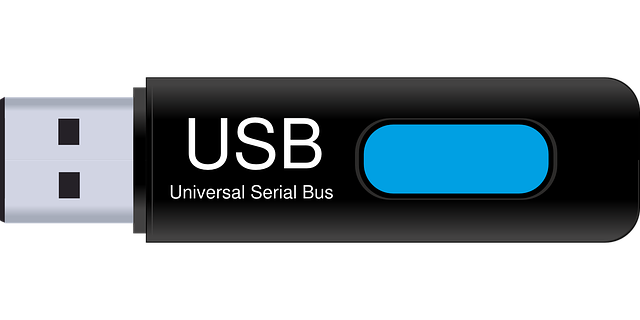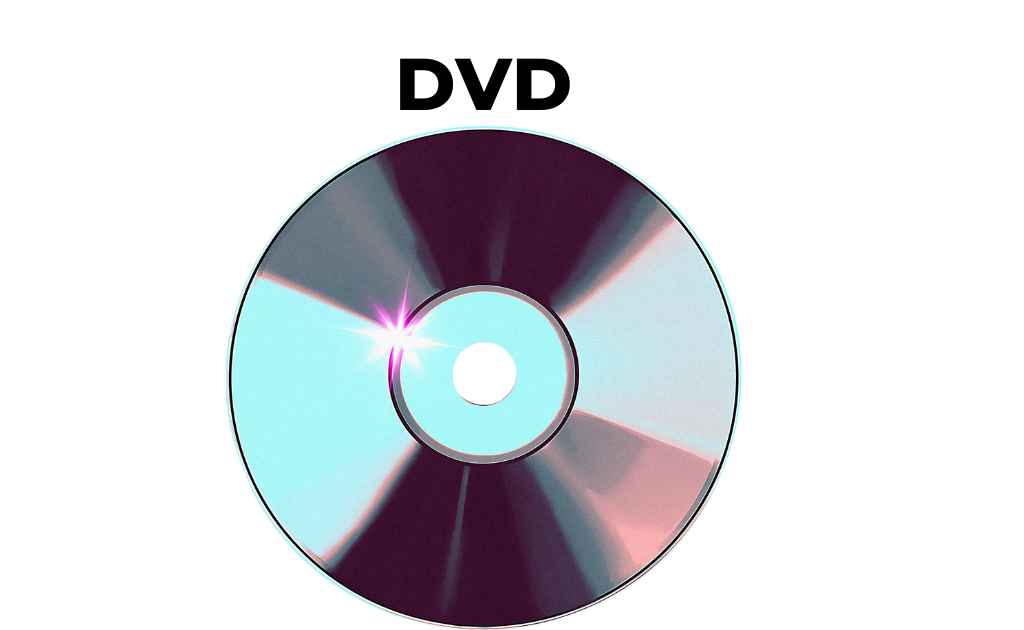What are Storage Devices?-Different Storage Devices
The term storage devices refers to a device that stores data. This can include things such as hard drives, flash drives, USB sticks, SD cards, etc. In computers, these devices are usually called hard disks or SSDs (solid-state drives).
The term storage device has become synonymous with hard disk drives. These are mechanical devices that store information on magnetic platters. They are also known as spinning media because they spin at high speeds.
Different storage devices
Storage devices are categorized into different types based on storage size.
HDD (Hard Disc Drive)
SSD (Solid State Drive)
Optical Disc Drive
Floppy Disk
Magnetic Tap
Flash Memory Device
Hard Disk Drive (HDD)
A hard drive is a device that stores data on magnetic platters inside a protective enclosure called a drive bay. A hard disk drive (HDD) is a type of data storage device that uses one or more rigid disks coated with ferromagnetic material.

HDDs are commonly used as the primary or sole means of storing data in modern computers, including desktop PCs, laptop PCs, tablet PCs, servers, workstations, and embedded systems.
Solid State Drives (SSD)
Solid state drives (SSD) use flash memory instead of electromechanical spinning disk drives. SSDs have no moving parts and are less susceptible to shock damage and physical damage than conventional mechanical hard drives.
Because they do not require any moving parts, solid-state drives are significantly quieter than traditional hard drives.
Optical Disc Drive
An optical disc drive reads information stored on a compact disc (CD), digital versatile disc (DVD), Blu-ray disc (BD), or other types of optical discs.
An optical drive may read only one type of optical disc, or it may be capable of reading several different types of discs. Most optical drives can play audio CDs, DVDs, and BDS. Some models can also play video CDs, VCDs, SVCDs, DVD-Video, and DVD VR.
RAM
Random access memory (RAM) is a volatile memory technology that provides temporary storage of data. RAM is built into almost all modern microprocessors and many chipsets. RAM is often used as system memory, or memory used by the operating system and application programs.
ROM
Read-only memory (ROM) is a non-volatilized memory technology that permanently stores data. Unlike RAM, ROM cannot be written once it has been manufactured. ROM is used primarily for storing firmware, and special instructions that control the operation of hardware components.
USB Drive
Universal serial bus (USB) is a standard for connecting external devices to personal computers, mobile phones, tablets, and similar devices.
USB flash drives are small, portable storage devices that connect to a computer via a USB interface. Like flash memory cards, they are removable and rewritable, making them a popular choice for storing data.

USB was designed to replace separate cables and connectors for the keyboard, mouse, speakers, modems, and other peripherals. USB 2.0 supports speeds up to 480 Mbit/s, while newer versions of the specification support higher transfer rates.
Floppy Disk
The floppy disk was invented in 1971 by Dr. Raymond E. Moody at IBM’s Thomas J. Watson Research Center in Yorktown Heights, New York. The first commercial floppy disks were produced by the Western Digital company in 1975.
A typical floppy disk consists of two thin plastic halves called platters, each coated with a magnetic material, which is held together magnetically. Each side of the disk contains tracks where data is stored. When the disk spins, the read/write heads move across the surface of the disk, reading and writing information.
Magnetic Tap
A magnetic tape is a device that stores data using magnets to transfer power between electrical circuits. In its simplest form, a magnetic tape consists of a coil of wire wrapped around a ferrous core.
As current flows through the coil, a magnetic field is generated. If the core is placed near a second coil, the magnetic field causes eddy currents to flow in the second coil.
These currents produce their magnetic fields, which interact with the original field and cause a voltage drop across the second coil. The magnitude of the voltage drop across the second can be controlled by varying the amount of current flowing through the first coil.
Flash Memory Device
The affordability and portability of flash memory devices make them the most commonly used storage device. Their reliability and efficiency as compared to other storage devices are additional reasons why they are so popular. Some of the most commonly used flash memory devices include:
SD Card
An SD card is a type of flash memory storage device. It is used in plenty of devices like tablets, smartphones, and digital cameras to store large amounts of data.
The SD card is portable because of its small size and can also be used in devices that don’t have internal storage like tablets. The SD card is available in different sizes, ranging from 2 GB to 64 GB. The smaller the size, the cheaper the card would be.
CD (Compact Disc)
Compact discs, or CDs, are a type of storage media that use tracks and sectors on their surface to store data. CDs are made up of polycarbonate plastic and are circular in shape. They can store data up to 700MB.
DVD’s
DVDs are great for storing information. You can use them to store pictures, videos, and even audio files. You can also use them to store data about your plants. There are many different types of DVDs out there, but they all have similar features.

Cloud or virtual storage
We can store our data for a long time in cloud storage. It provides large storage for saving data as we pay for a large amount of storage. Many companies provide cloud storage e.g. google, amazon, etc.
For cloud storage, we have no need to purchase any hardware device to store data.
List of Storage Devices of Computer
Related FAQs
What is a storage device?
A storage device is a piece of hardware that can be used to save digital data and applications. This can include images, video, and audio files. Storage devices are a key part of any computer, and the hard drive is one type of storage device.
How many types of storage devices are there in computers?
There are two types of storage devices
· Primary storage devices
· Secondary storage devices
What are the 4 main types of secondary storage?
Compact Disc (CD)
Digital versatile disc (DVD)
Blu-ray discs
Solid State storage devices
USB
Is USB a storage device?
USB flash drives are small, portable storage devices that connect to a computer via a USB interface. Like flash memory cards, they are removable and rewritable, making them a popular choice for storing data.
What cloud storage means?
Cloud storage is a cloud computing model that stores data on the Internet through a cloud computing provider. The provider manages and operates data storage as a service, offering on-demand scalability and pay-as-you-go pricing. This reduces the need for investing in and managing your own data storage infrastructure.
What are the 4 types of cloud storage?
There are different type of cloud storage as follow:
Private cloud storage
Hybrid cloud storage
Public cloud storage
Community cloud storage
Hosted object storage service
What is meant by a CD?
A compact Disc is a rounded shaped device that is used to store data like music, videos, naats, etc.

 written by
written by 




Leave a Reply